|
The Steamship Royal
William

Belfast Telegraph 17th September 1927
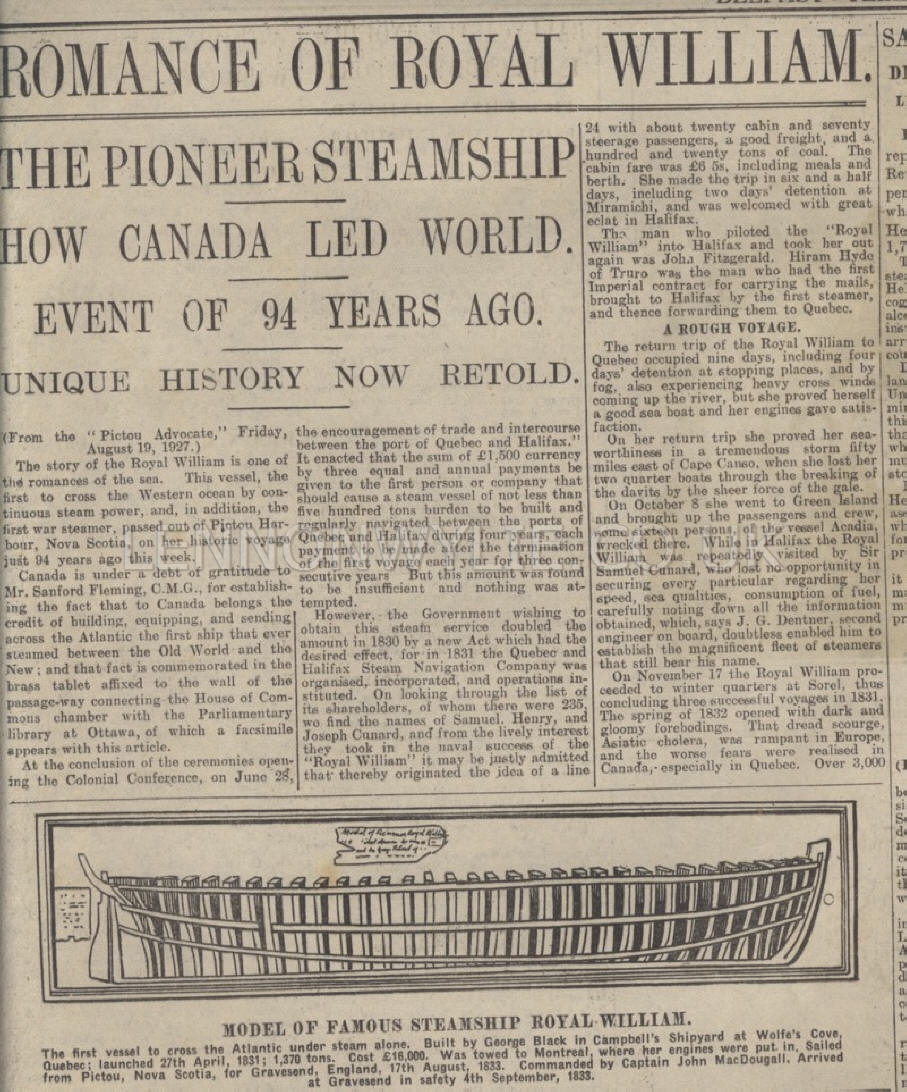
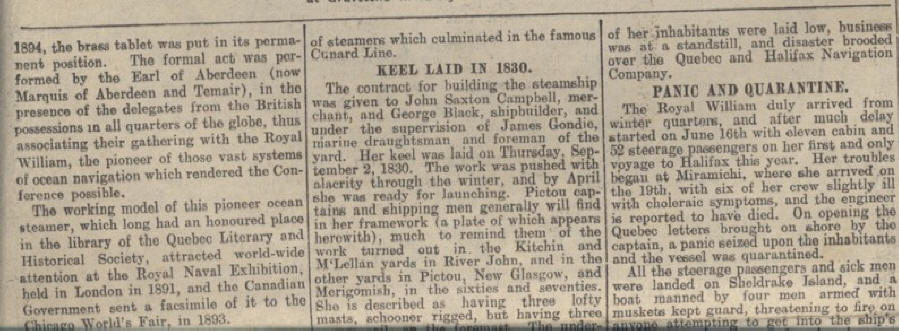
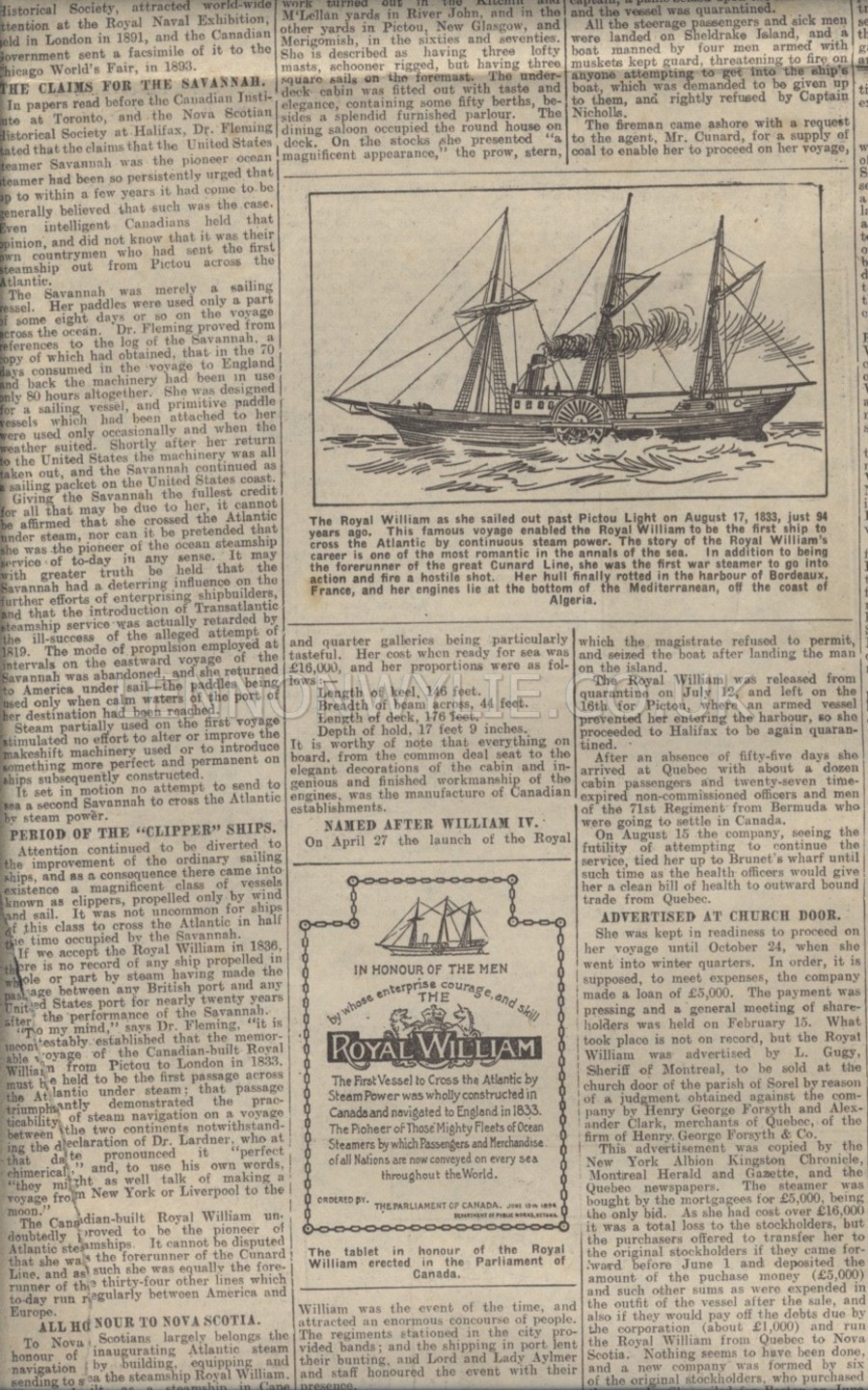




~ ~ ~ ~ ~ ~ ~ ~ ~ ~ ~ ~ ~ ~
Belfast
Castle Place
Belfast Telegraph Friday 21st August 1936
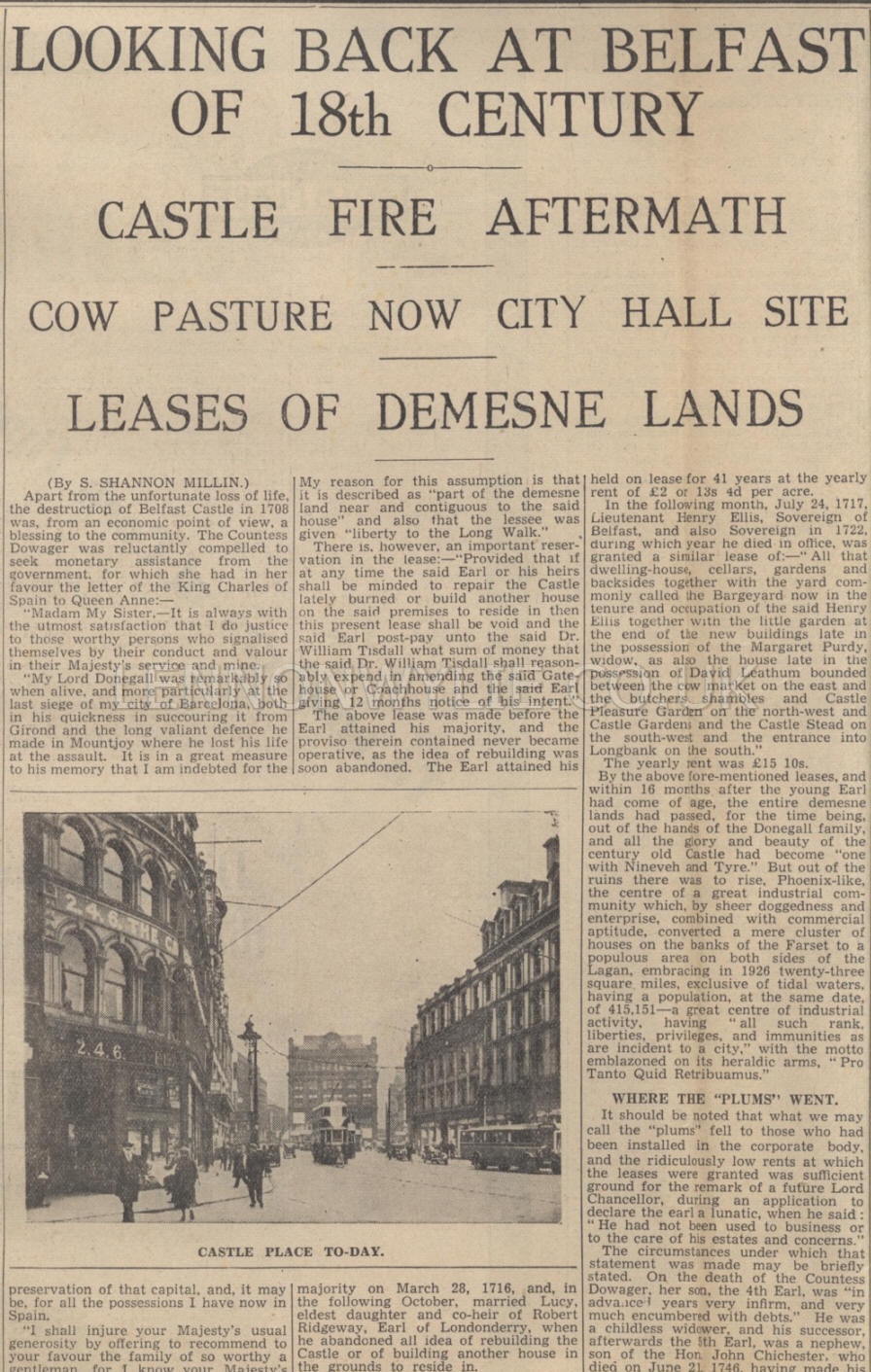
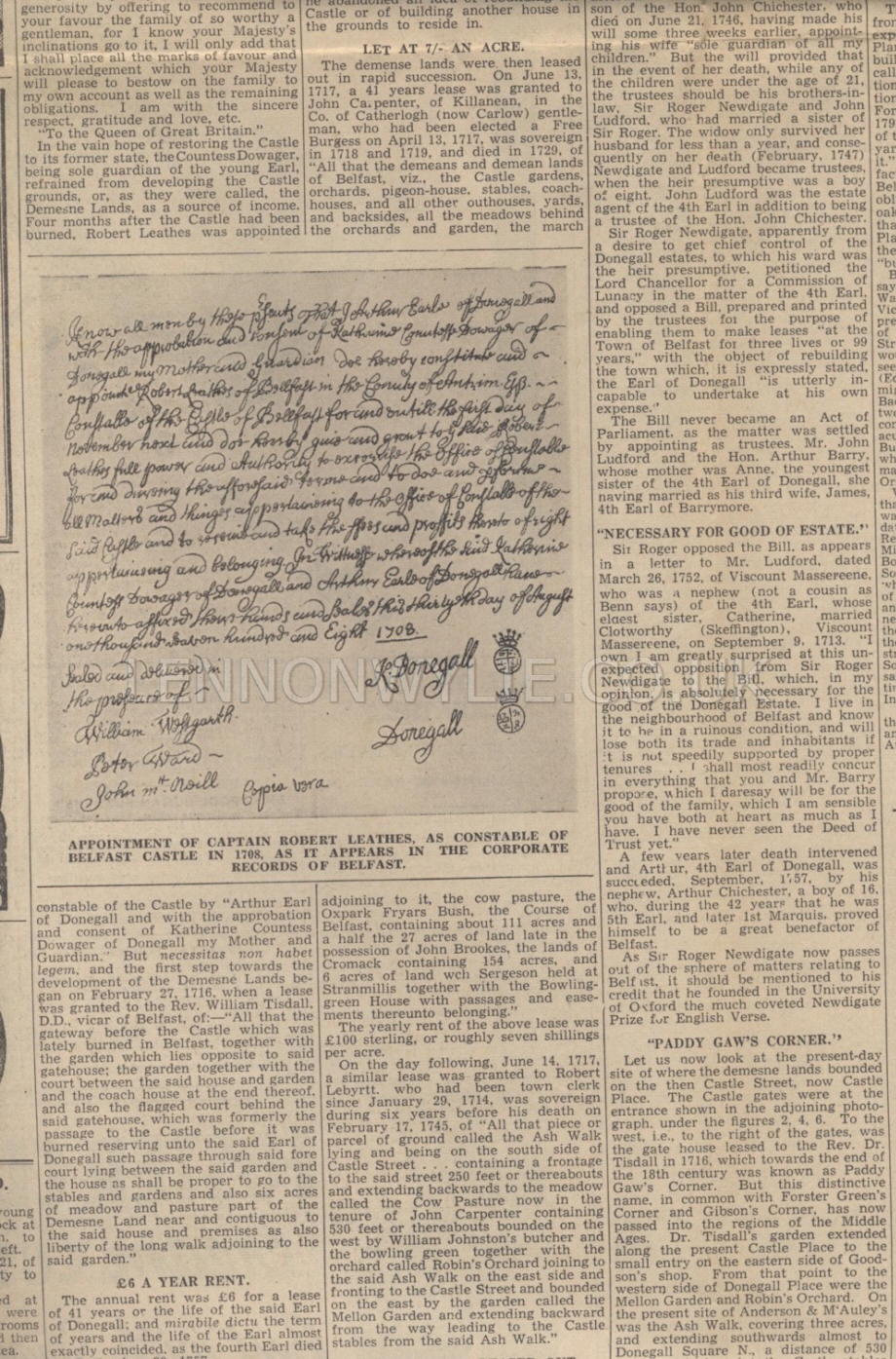
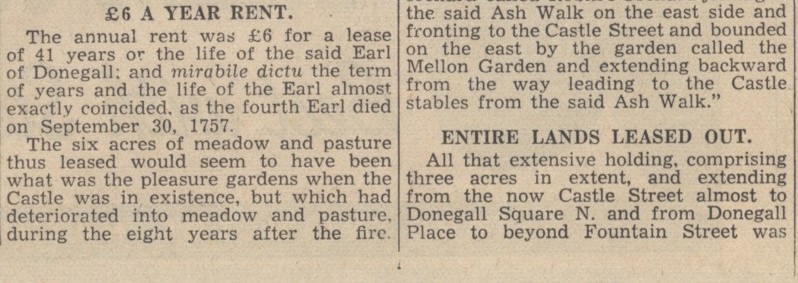 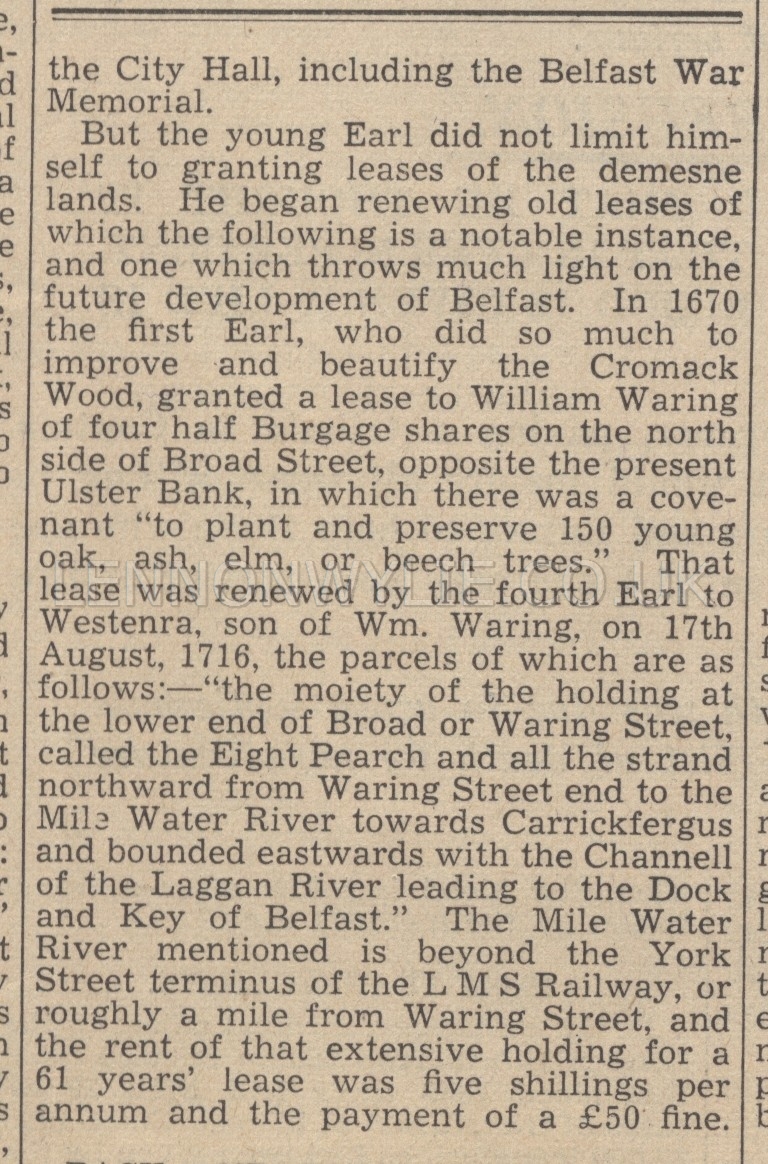
~ ~ ~ ~ ~ ~ ~ ~ ~ ~ ~ ~
~
Mussolini and Schneider Cup
Belfast Telegraph 1927
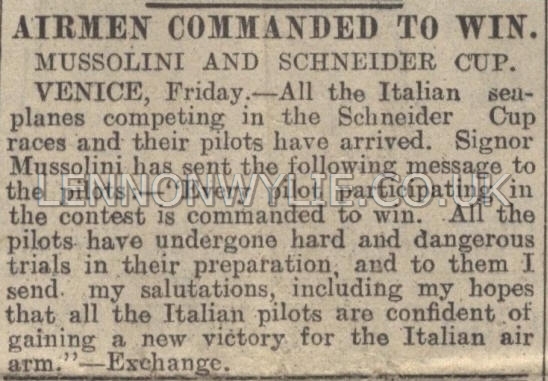
~ ~ ~ ~ ~ ~ ~ ~ ~ ~ ~ ~ ~ ~ ~ ~
Ypres and the Menin Gate
Daily Sketch Saturday 23rd July 1927


"Wipers" as British Soldiers knew it, and Ypres The Menin Gate Pilgrims will
see it to-morrow
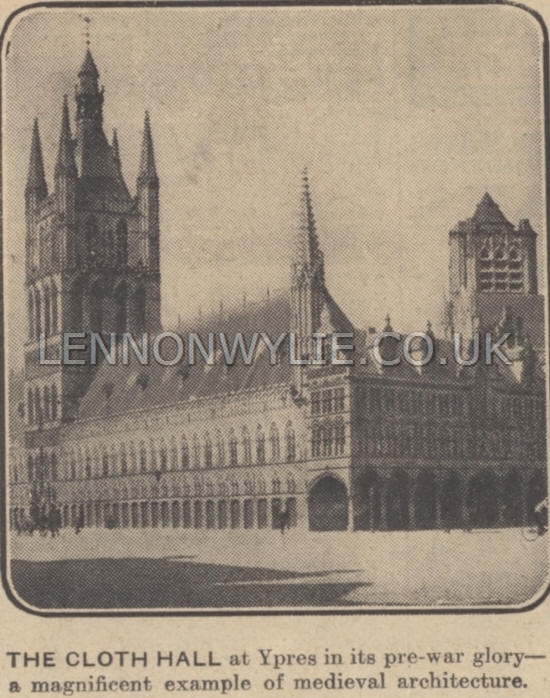
The Cloth Hall at Ypres in its pre-war glory - a magnificent example of
medieval architecture
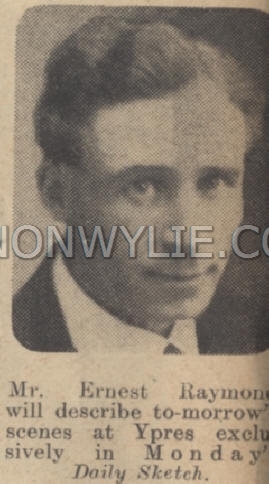
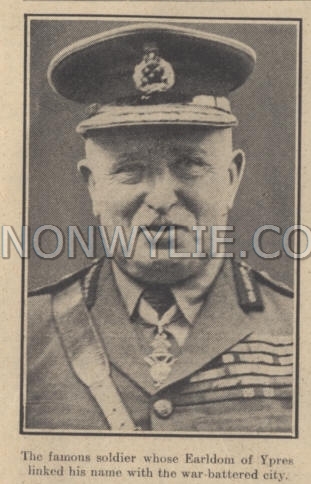
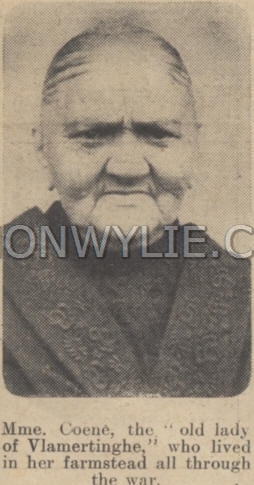
Mr. Ernest Raymond
Earl of Upres
Mme. Coene of Vlamertinghe
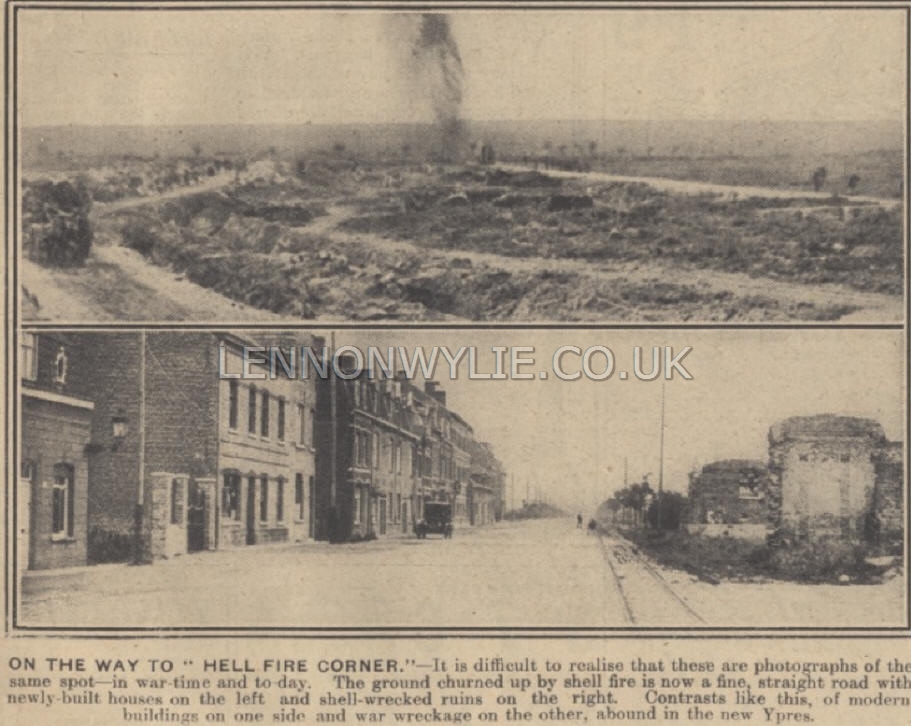
On the way to "Hell-Fire Corner" - It is difficult to realise that these are
photographs of the same spot - in war-time and to-day. The ground
churned up by shell fire is now a fine, straight road with newly built
houses on the left and shell-wrecked ruins on the right. Contrasts
like this, of modern buildings on one side and war wreckage on the other,
abound in new Ypres
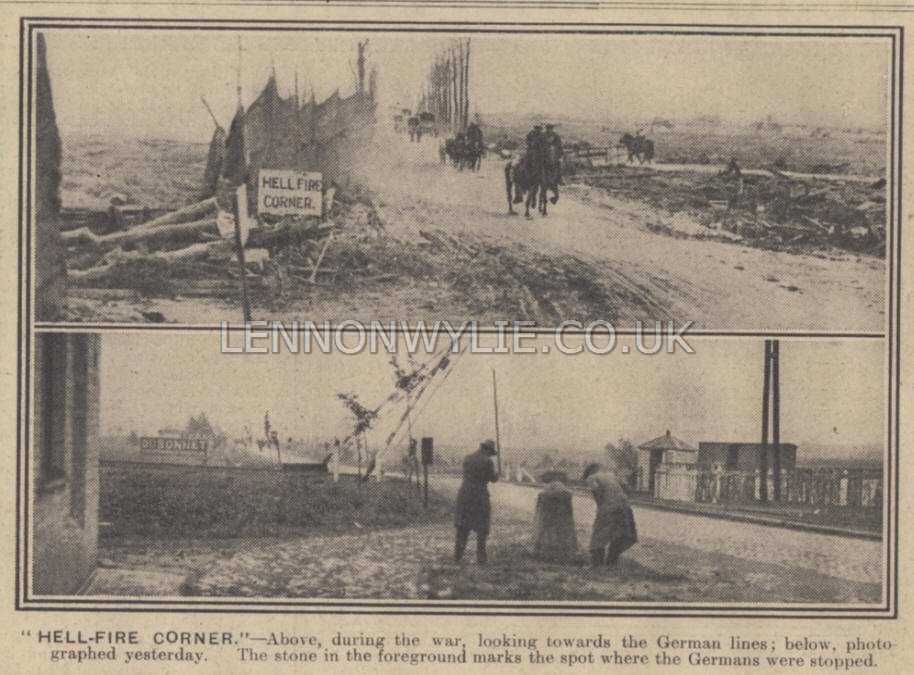
"Hell-Fire Corner" - Above, during the war, looking towards the German
lines; below, photographed yesterday. The stone in the foreground
marks the spot where the Germans were stopped
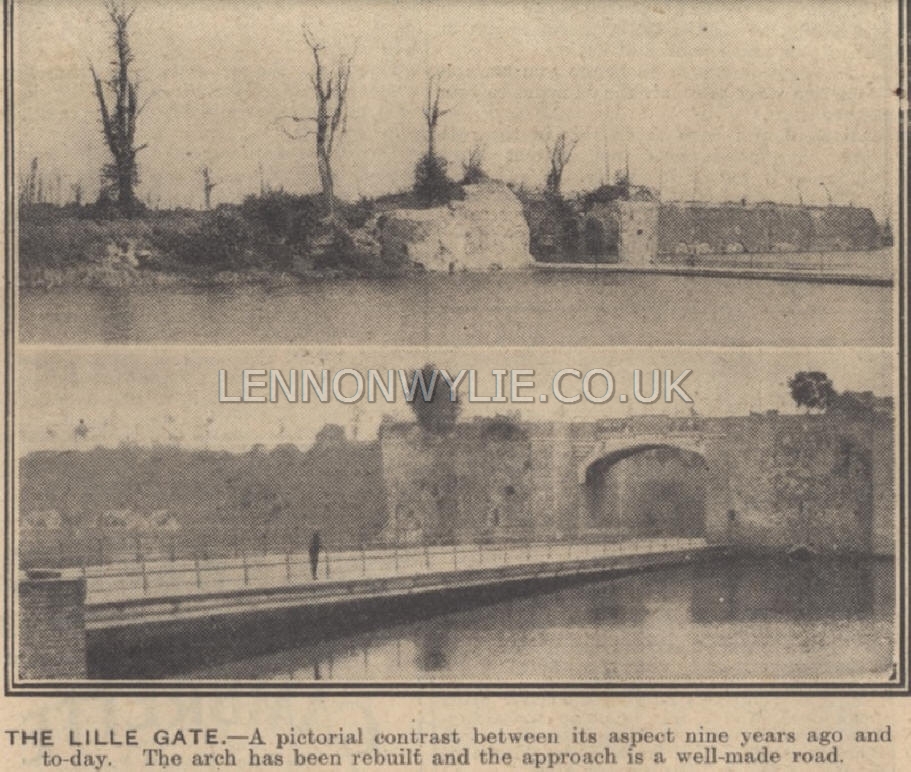
The Lille Gate - A pictorial contrast between its aspect nine years ago and
to-day. The arch has been rebuilt and the approach is a well-made road
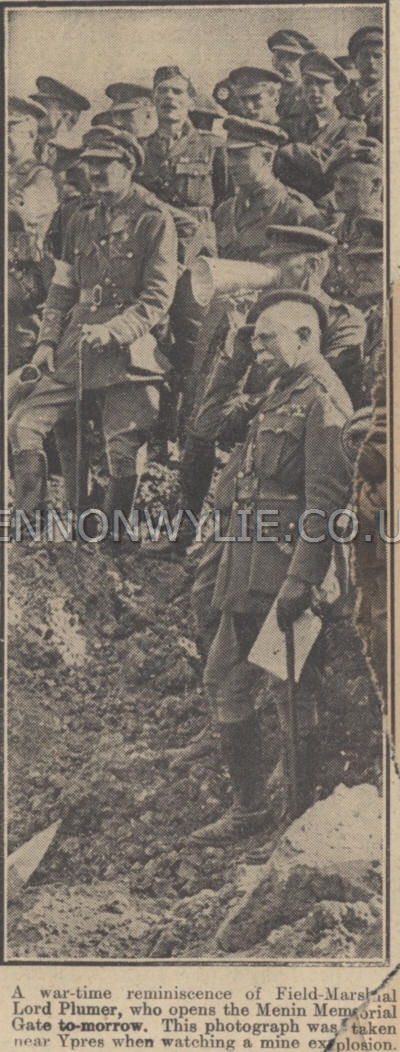
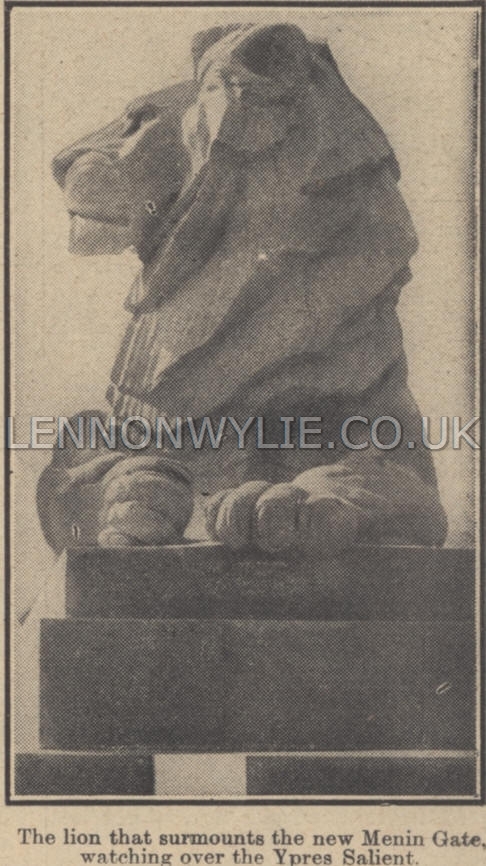
A war-time reminiscence of Field-Marshall Lord Plumer, who opens the Menin
Memorial Gate to-morrow. This photograph was taken neat Ypres when watching
a mine explosion
The lion that surmounts the new Menin Gate, watching over the Ypres Salient
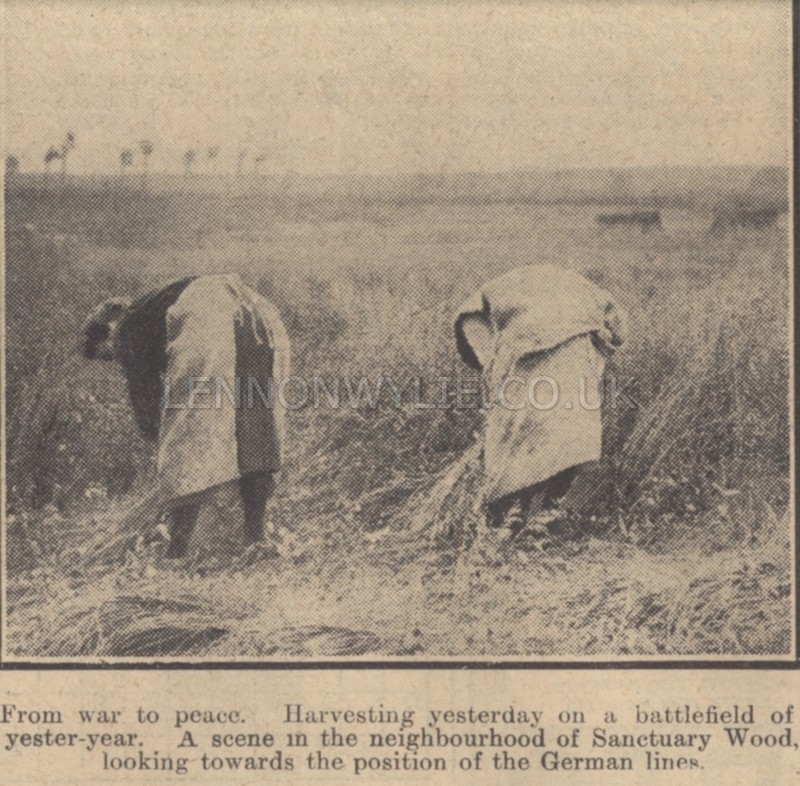
From war to peace. Harvesting yesterday on a battlefield of
yester-year. A scene in the neighbourhood of Sanctuary Wood, looking
towards the position of the German lines
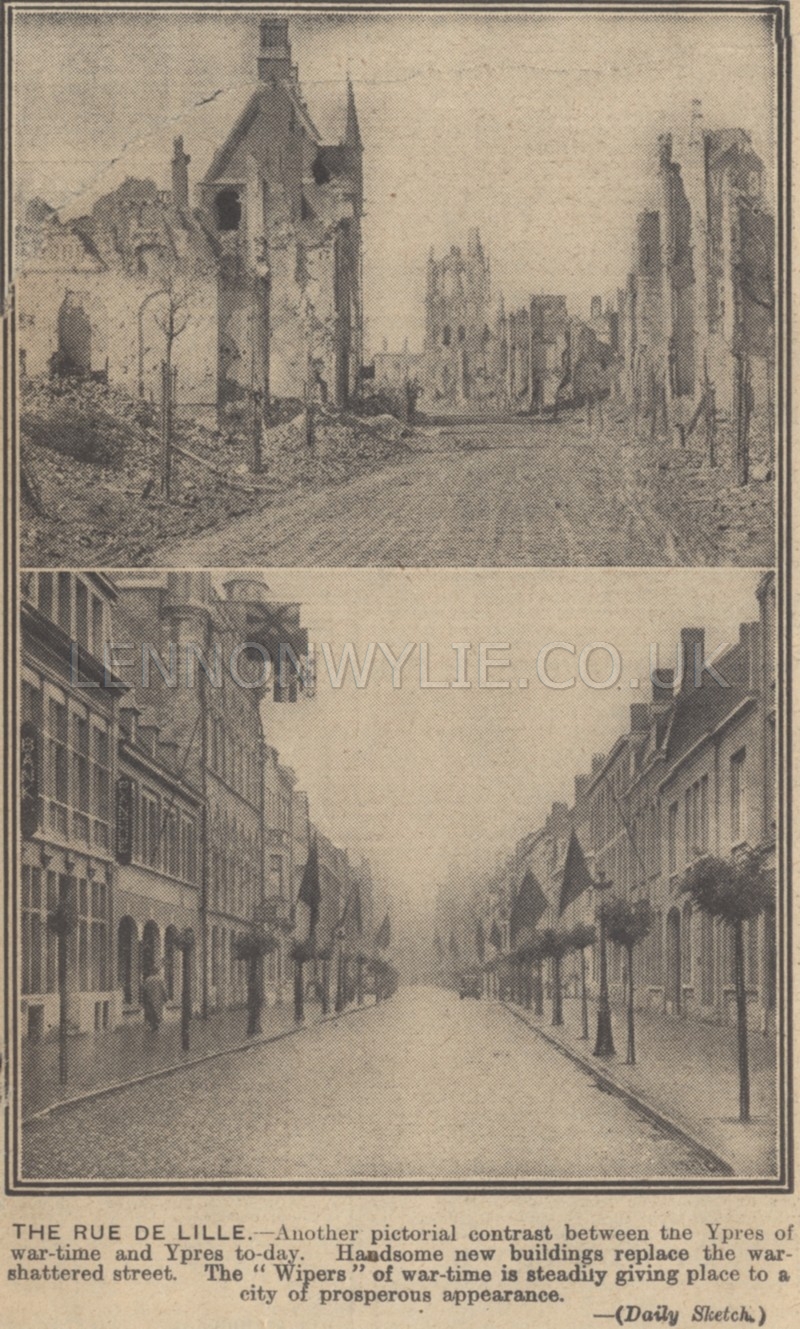
The Rue De Lille - Another pictorial contrast between the Ypres of war-time
and Ypres to-day. Handsome new buildings replace the war shattered
street. The "Wipers" of war-time is steadily giving place to a city of
prosperous appearance
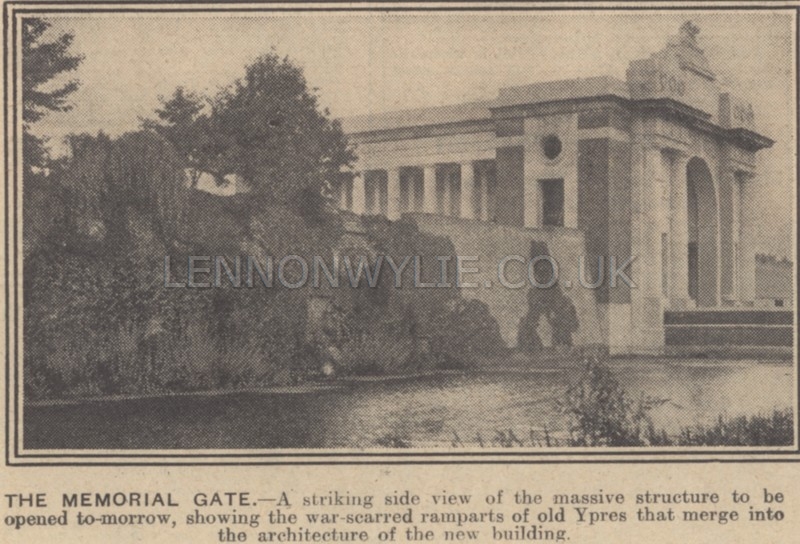
The Memorial Gate - A striking side view of the massive structure to be
opened to-morrow, showing the war-scarred ramparts of old Ypres that merge
into the architecture of the new building
~ ~ ~ ~ ~ ~ ~ ~ ~ ~ ~ ~ ~ ~ ~
|




















